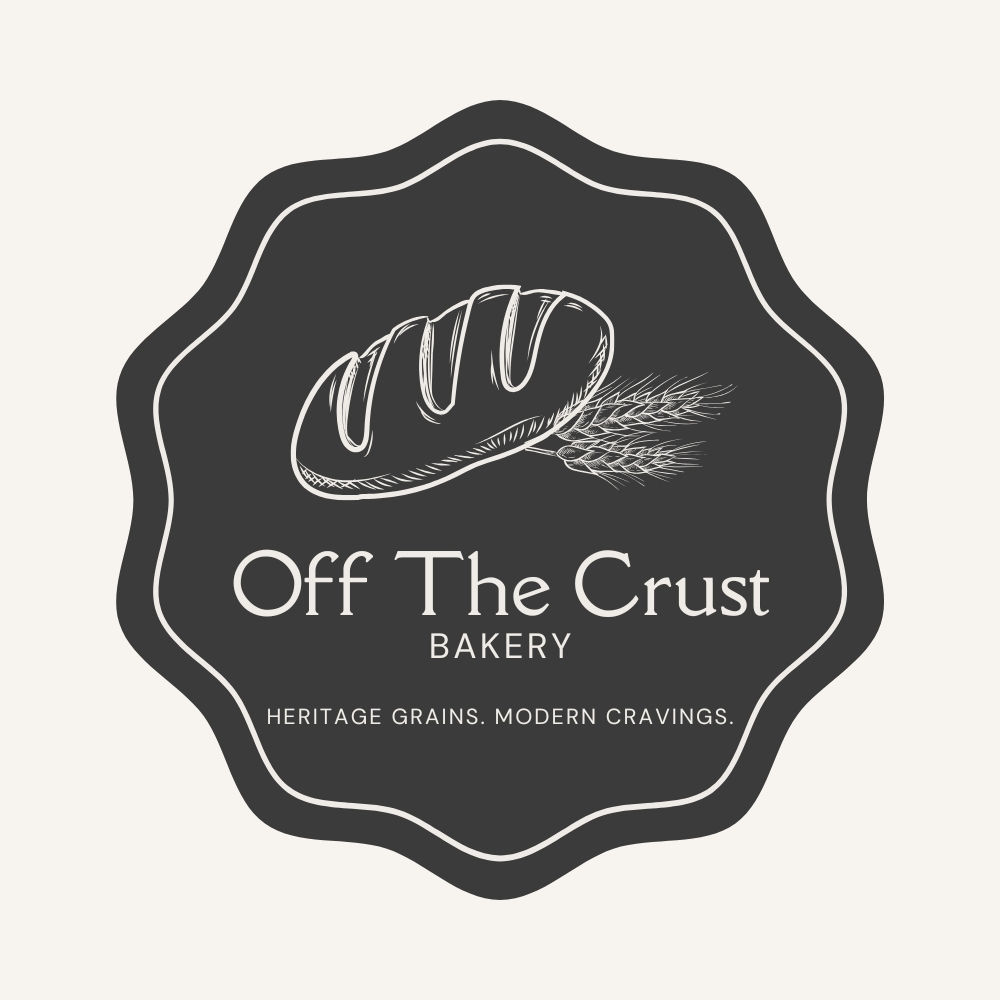

So, what are heritage grains?
Heritage wheat refers to pre-hybridized wheat varieties that existed before the 1950s, which many find easier to digest.
Since the 1950s, numerous changes have occurred in cultivation, leading to a decrease in digestibility of modern wheat. Prior to the 1950s, these heritage varieties were known for its easy digestibility, and hardiness, compared to modern varieties. This wheat has a rich history, and is making a come back!
After WWII, leftover nitrogen was introduced into fields to boost yields, resulting in exceptionally large wheat heads that often toppled over, making harvesting nearly impossible. To address this, wheat was hybridized with a dwarf Japanese grass, which was a shorter, sturdier plant that could support the weight. Consequently, wheat's height decreased from over 6 feet to 2 feet, eliminating the picturesque waving fields. This new hybrid also lacked a robust leaf canopy, leading to increased reliance on chemical herbicides and insecticides, and practices like crop rotation diminished, resulting in nutrient depletion in the soil. Modern wheat requires constant human intervention for cultivation and must be replanted annually, since it can't regenerate from its own seeds.





